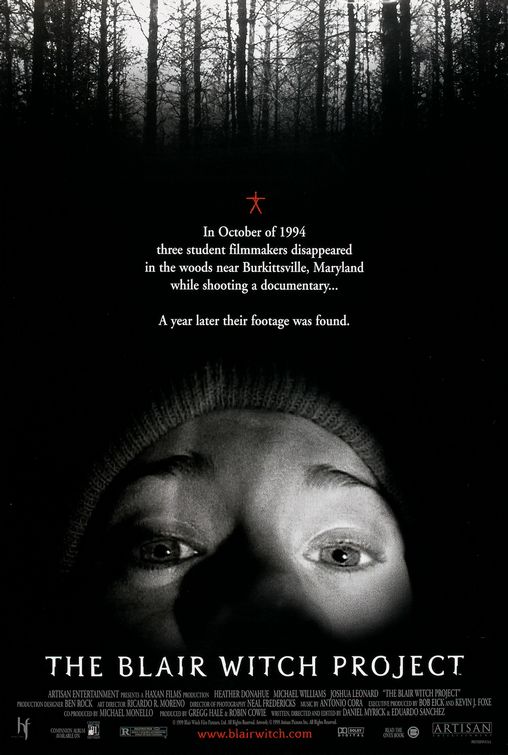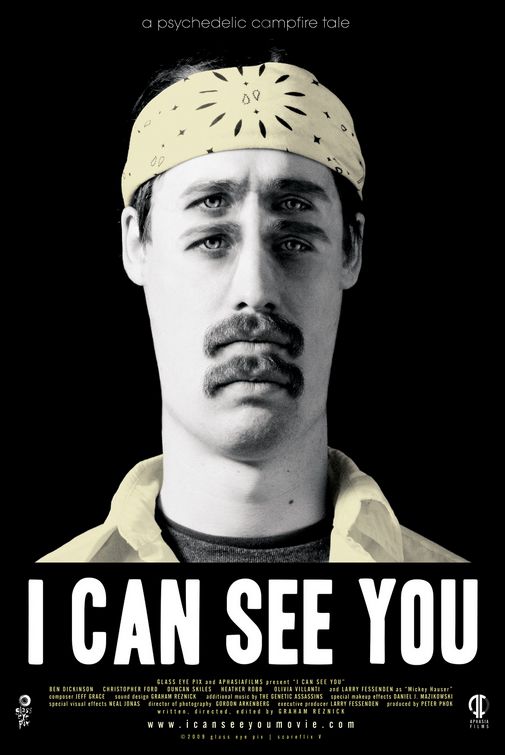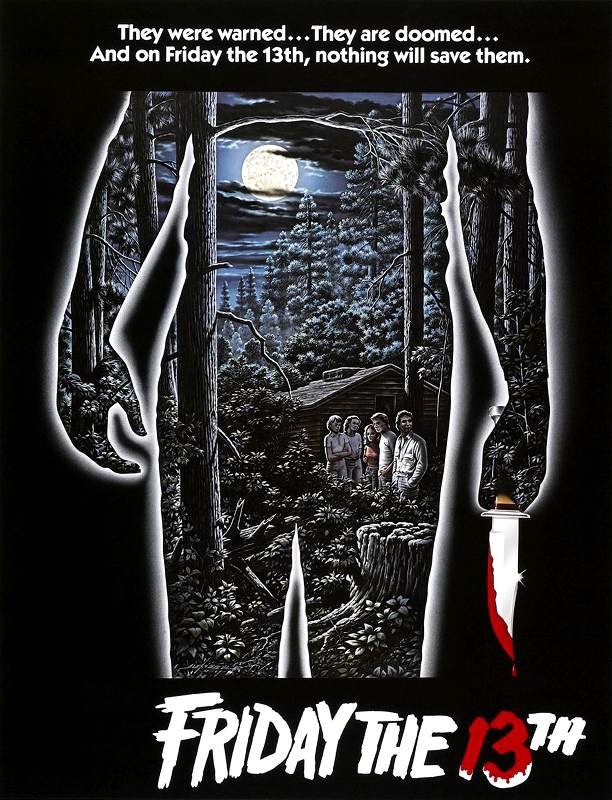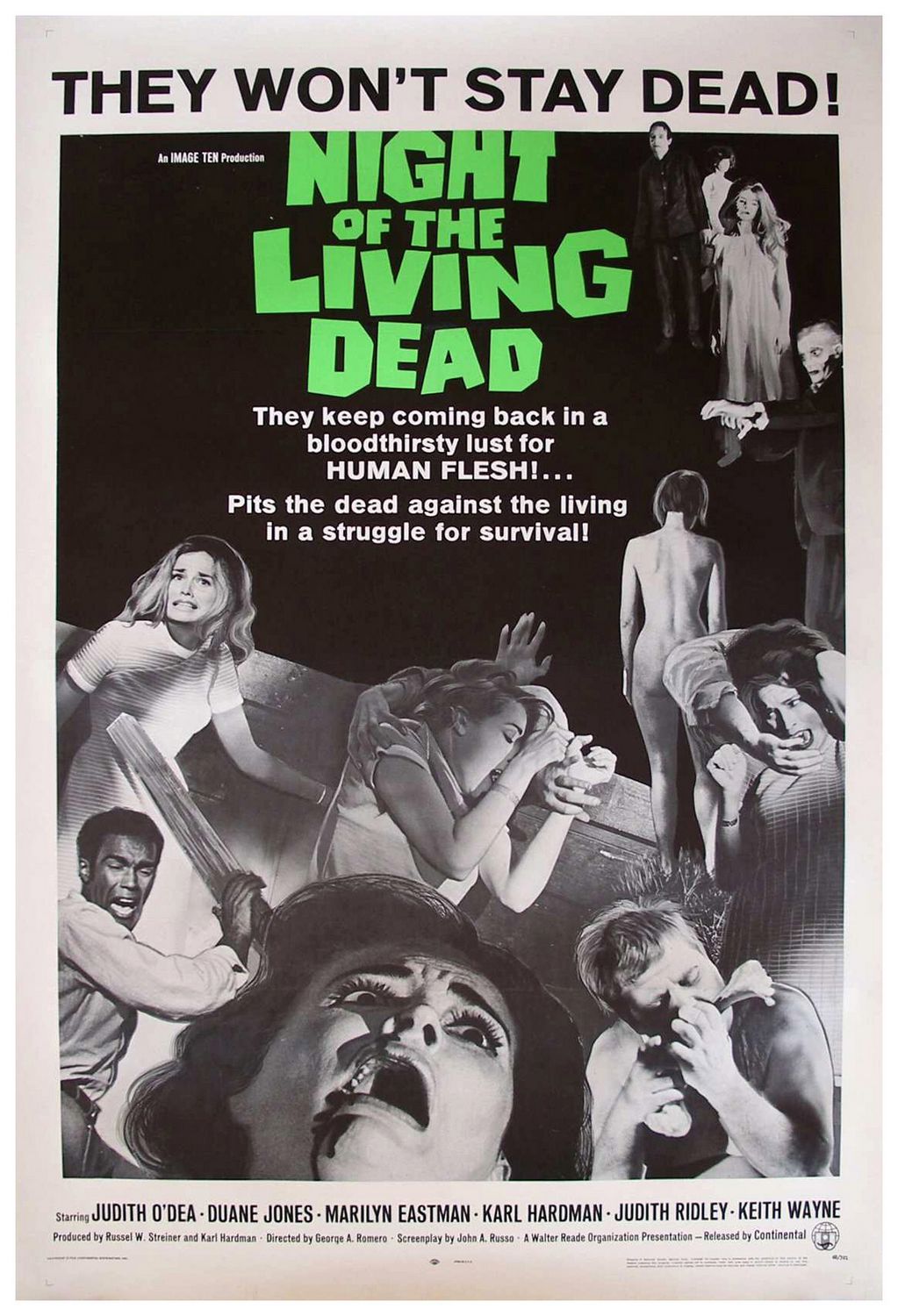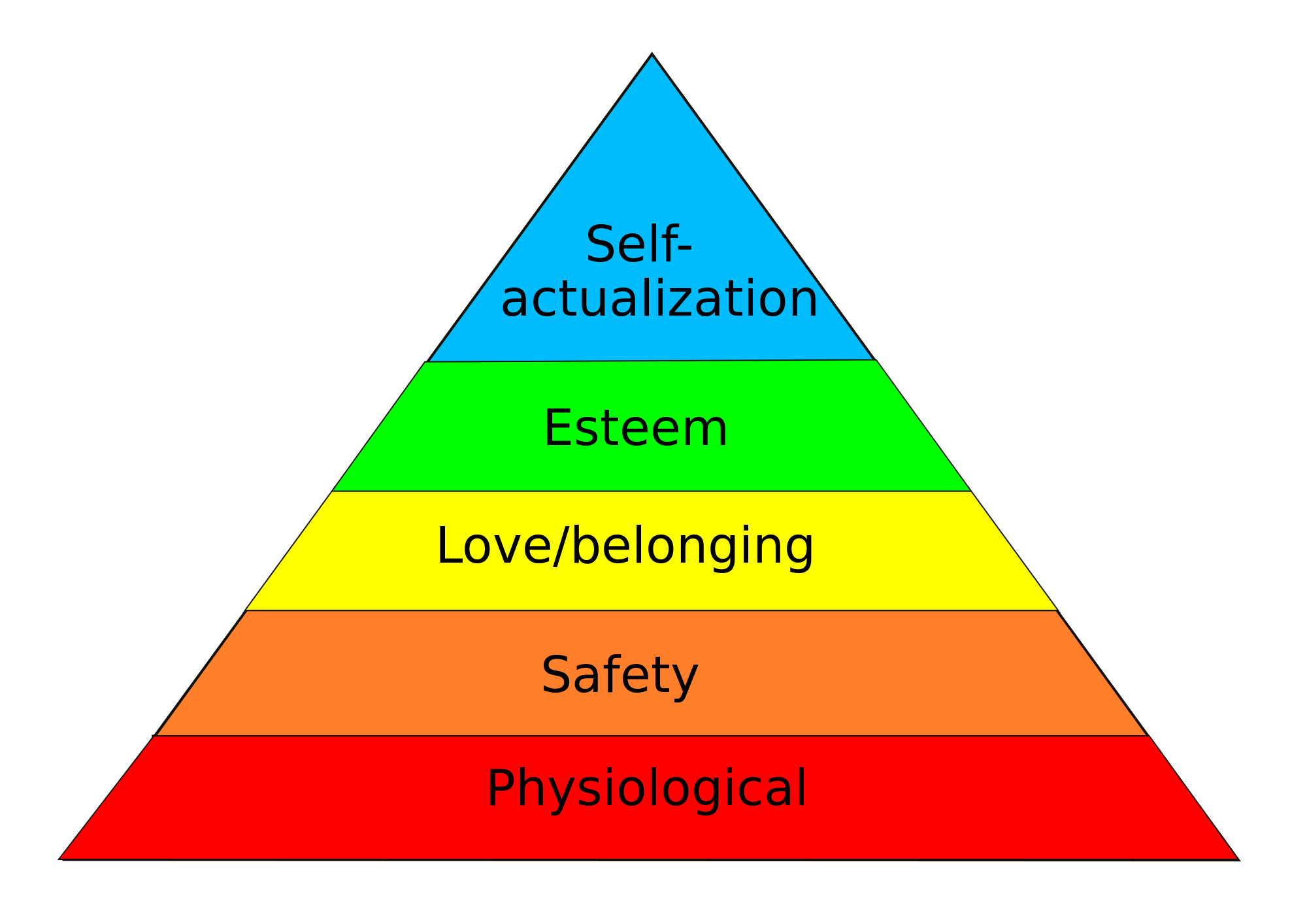SYNOPSIS
The Blair Witch Project is a “found footage” docudrama about 3 student filmmakers who investigate the Legend of the Blair Witch. The urban legend tells of the 1940’s deaths of numerous children in Blair (present day Burkittsville), Maryland. In true Stephen King fashion, the small town values are a facade over Burkittsville’s sinister secret; a secret of an “old hermit” who lives in a cabin in the woods who is somehow tied to “an old woman whose feet never touched the ground” (a.k.a. the Blair Witch). The Blair Witch Project is about 2 intertwining legends, and therefore may be depicted as “The Sandman meets Home Alone.”
THE PSYCHIATRY OF THE BLAIR WITCH PROJECT
Like all urban legends, the Legend of the Blair Witch reinforces a taboo so that a culture can maintain social order. The legend likely reinforces the prosocial value of “early to bed, early to rise.” As an interview with a “townie” in the beginning of the film discloses; if you try to stay up late, the Blair Witch will get you. There are parallels with this legend and similar prosocial warnings of the Sandman (sleep with one eye open, holding your pillow tight) and Santa Clause. While the latter promises gifts if you go to bed early (positive reinforcement), the Sandman sanctions (positive) punishment to little boys and girls who get up once they’re tucked in.
On their second day, the hikers locate an old cemetery with seven small cairns. The rock formations are metaphors for their having found the “old hermit.” Translations of the term
include “stone man” (German steinmann), “imitation of a person” (Inuit inuksuk), and “small man” (Italian ometto).
Their discovery is that of the “small man,” Mr. Parr, an old hermit and outcast likely afflicted with Schizoid Personality Disorder. Characterized by social inhibition, the detachment from meaningful relationships usually leads to the afflicted being deemed a loner. It’s often human nature to impart meaning to people who don’t otherwise share who they are. Individuals with Schizoid Personality Disorder then may become the focus of town folklore such as a man who moves into the Black Hills to avoid human contact (also, Kid Lester in The Best of Times; Old Man Marley in Home Alone; and the Witch in Big Fish).
Last week’s movie: I Can See You (2008)
Next week’s movie: The Exorcist (1973)
